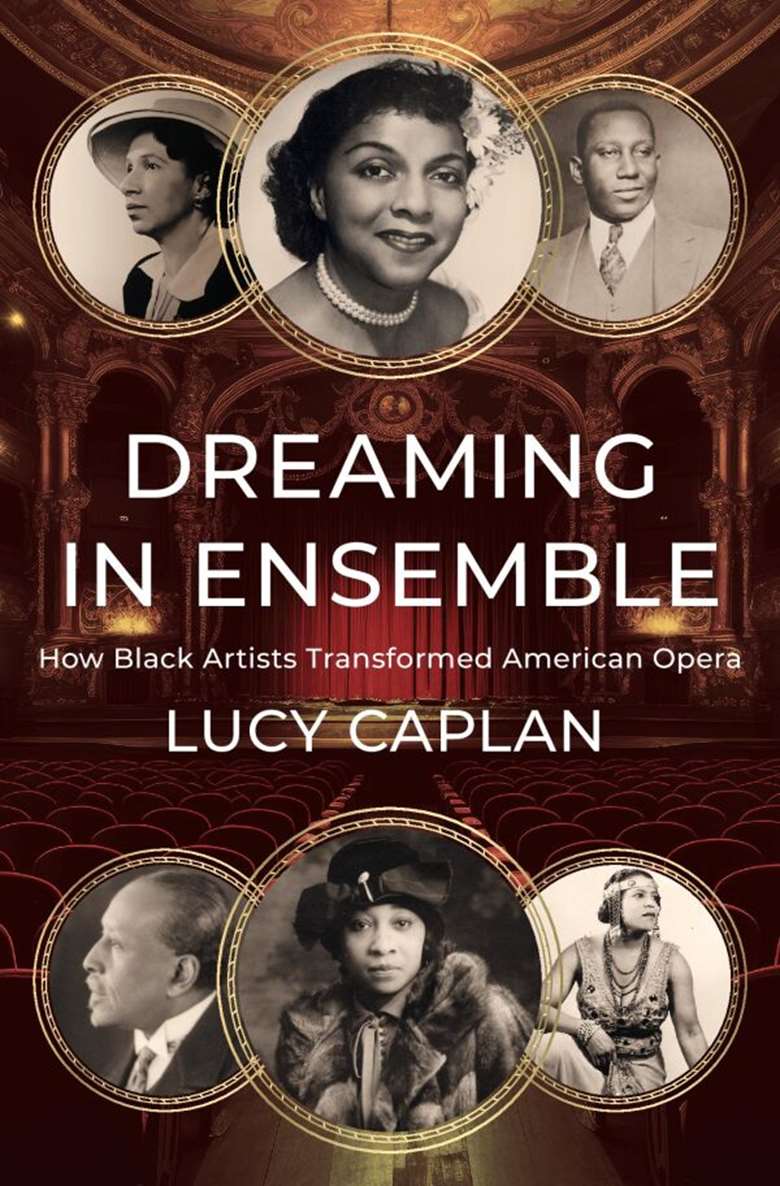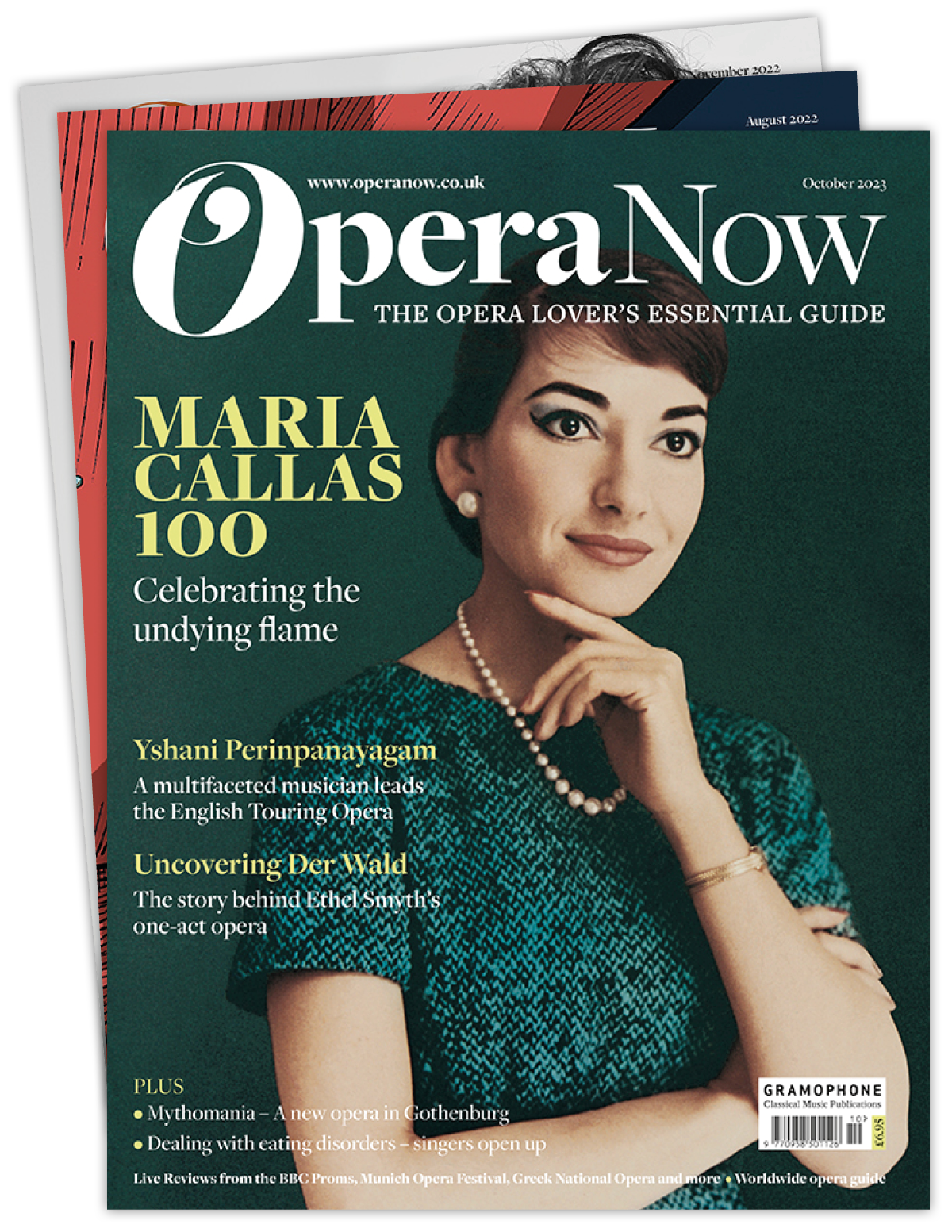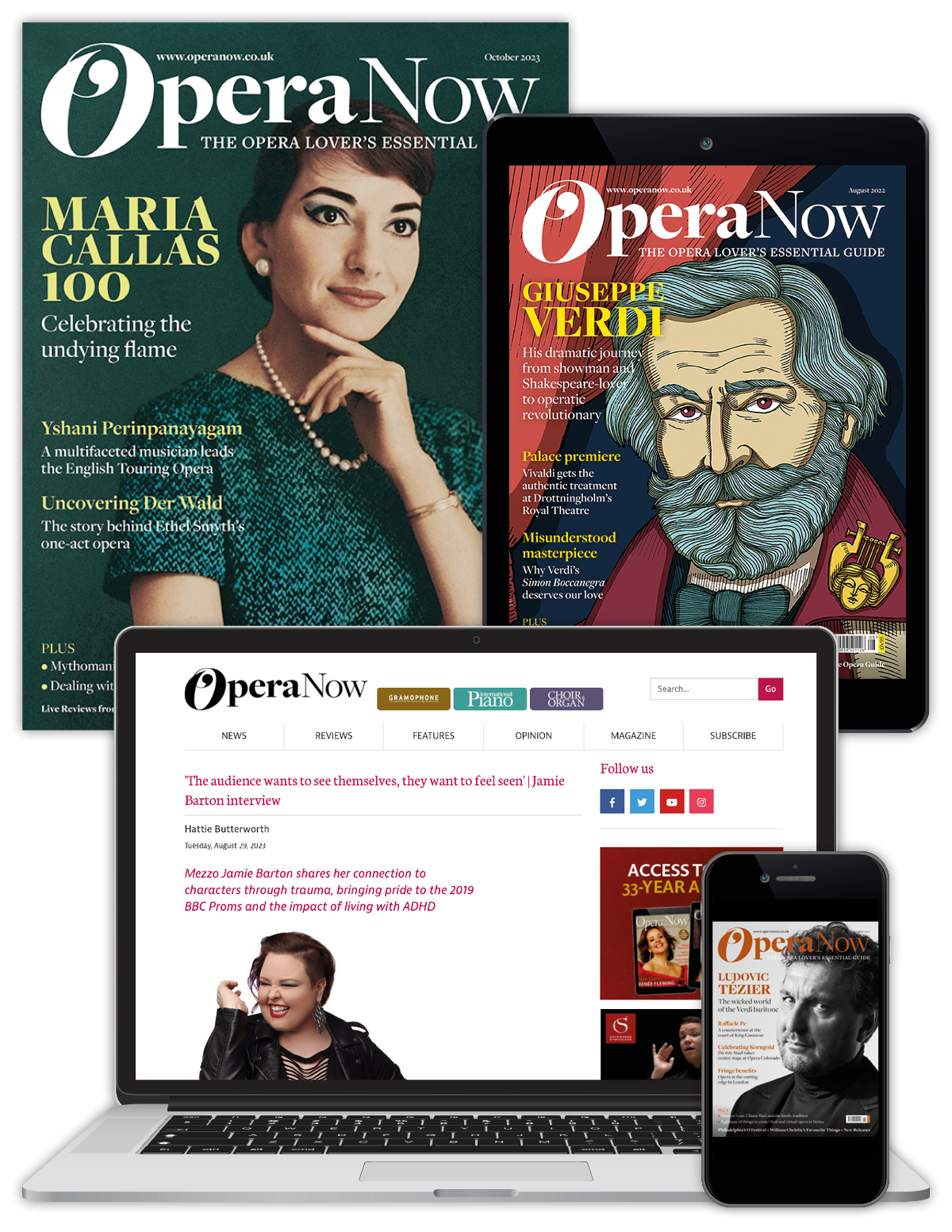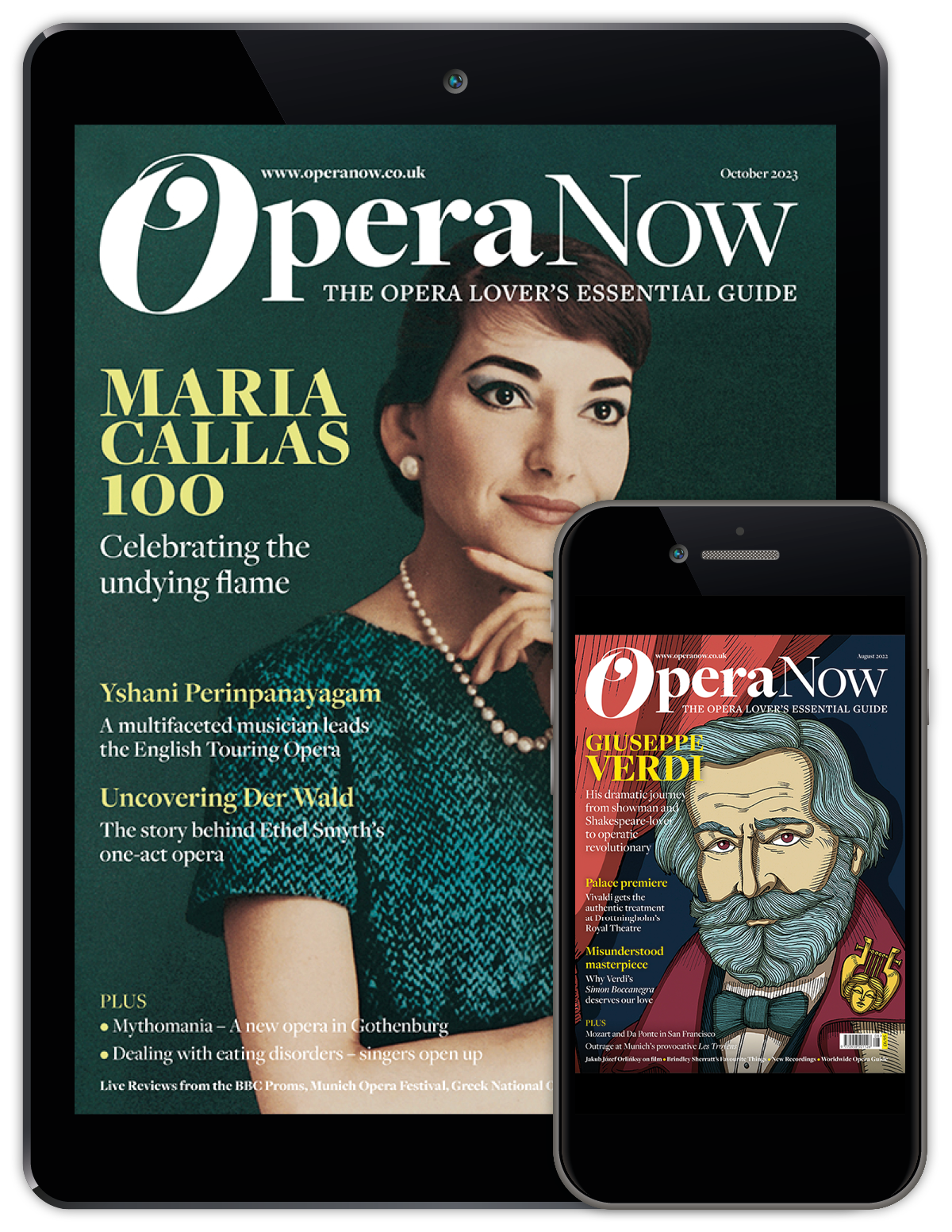Book review: Dreaming in Ensemble, How Black Artists Transformed American Opera
Alexandra Coghlan
Tuesday, February 18, 2025
Lucy Caplan's history of Black opera on Harvard University Press is undigestibly academic

Register now to continue reading
This article is from Opera Now. Register today to enjoy our dedicated coverage of the world of opera, including:
- Free access to 3 subscriber-only articles per month
- Unlimited access to Opera Now's news pages
- Monthly newsletter






